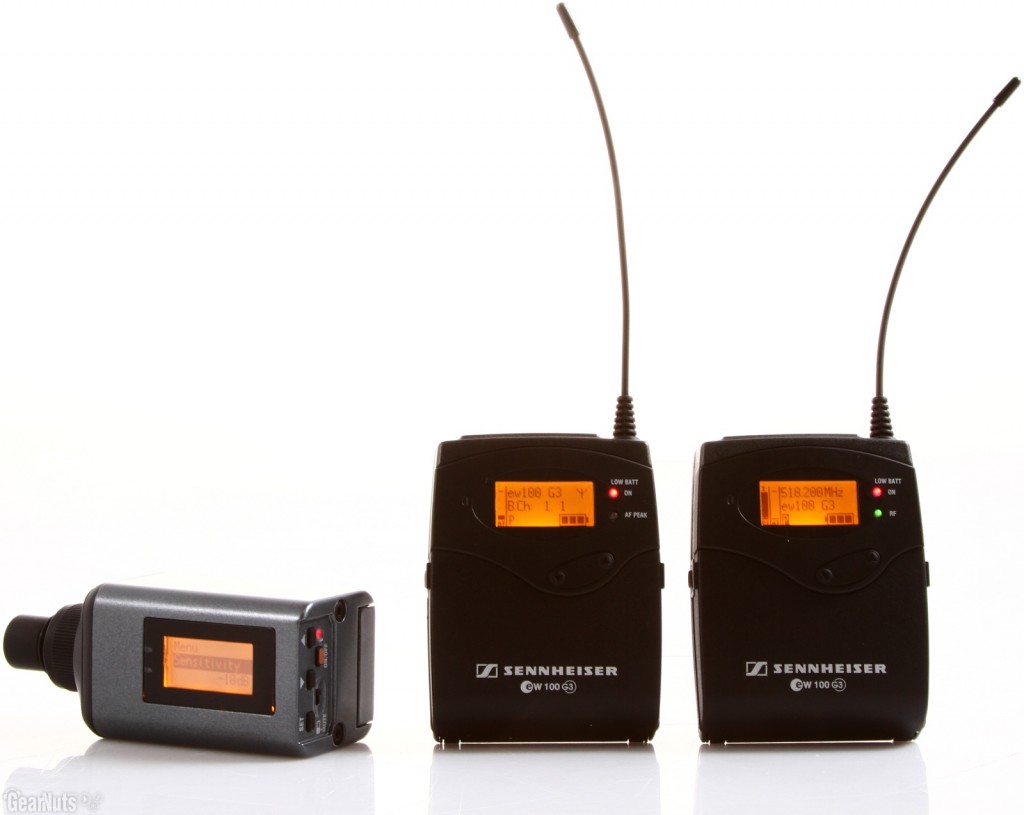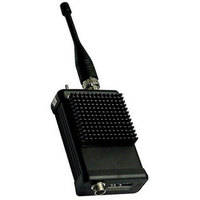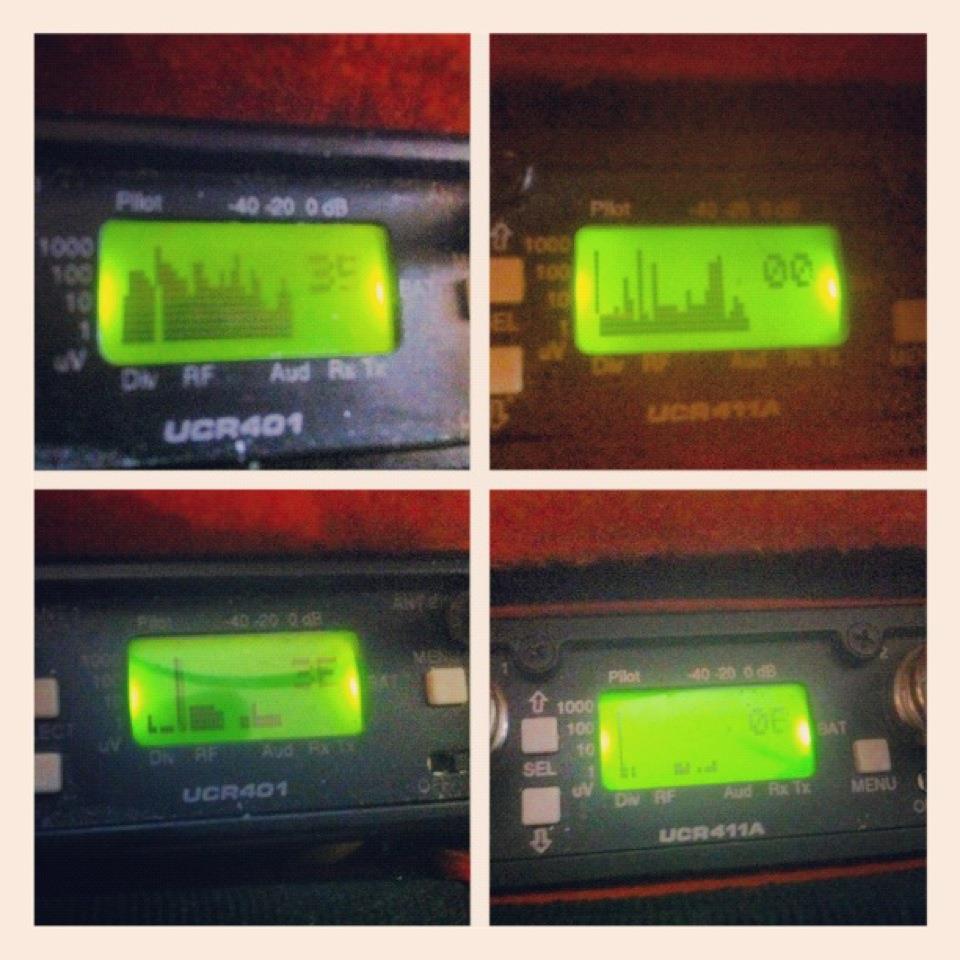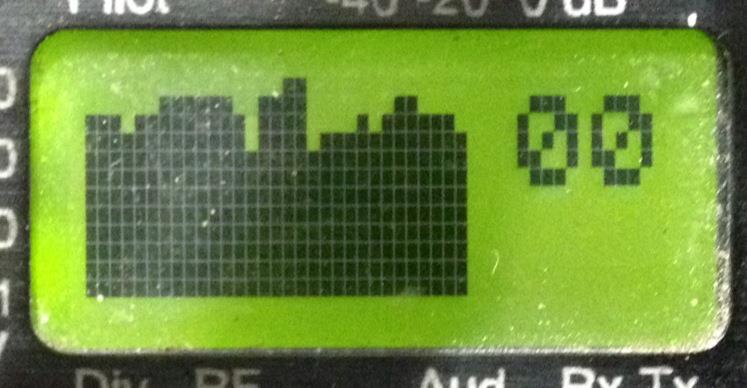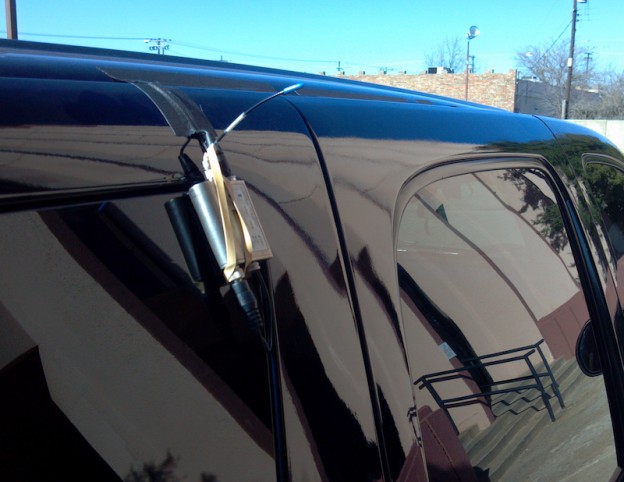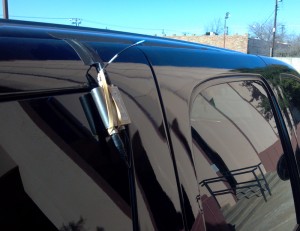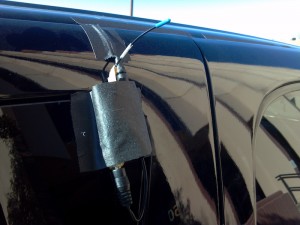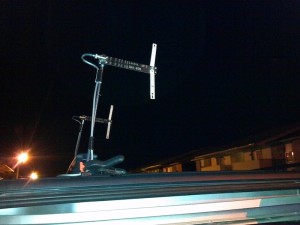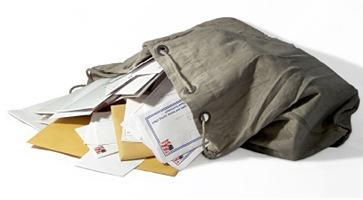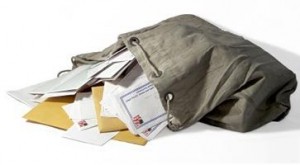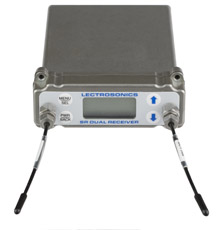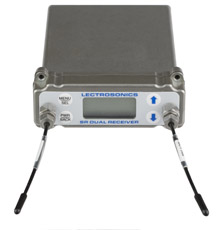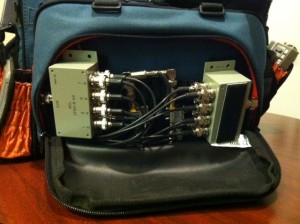Here’s just a few reasons why I love G2/G3 for IFB/scratch track feeds over Lectro or Zaxcom IFB solutions:
– The mini plug input/output is highly compatible without need for custom cables. You can feed a scratch track to a Red Epic with a standard ipod cable. Transmitter Mic/line input selectable thru tip or ring on the cable. You can hook up to anything with a good set of adaptors. Have you sent audio to a Black Magic camera yet? Non-standard, strangely wired 1/4″ jack inputs, but no problem with a Senn and an ipod cable with a headphone adaptor.
– you can feed hops and Ifb with same transmitter. 1 less frequency to coordinate.
-Less weight and RF mess in a sound bag. I’d rather carry around a 2 ounce, 30mw G3, than a 1/2 pound, 250mw flamethrower like the Lectro T4.
– I purchased my first set for scratch track hops in 2005. I now have 6 transmitters, 4 plugs, 6 receivers and 15 IFB’s. All purchased on ebay, and on average, less than half of retail. (Many misguided soundies and one-off project users buy these, then dump ’em. )
I’ve yet to have one break. I’ve replaced many antennas at 5 bucks each, if you can solder well, you’re good.
– huge battery life. 3 days with a pair of lithium AA’s
-audio/rf metering on every unit
-Better range than lectro R1a or zax 2.4 gHz IFB units, owing to external whip antennas
-transmitter won’t RF swamp a sound bag
-some venues now restricting 2.4 gHz devices as they compete with wifi (Zaxcom IFB)
-super wide input/output audio level settings. It’s easier to set the level on the Senn than dig around on the cryptic Red Epic’s audio screen. So why bother?
-instinctively intuitive to use. Big, understandable, backlit display
-great for feeding video assist, pa systems, or pulling feeds from PA or press feeds
–velcro them together for 2 channels, and they are still a very small receiver pkg.
-They’re Great crash wireless for talent- (about the only time I’ll put one on a talent).
-30 mw is low for transmitter power, but as an IFB, the pack is not against somebody’s body.
Instead, it is out in free space on your cart or bag. So no RF absorption from a sweaty cast member’s body.
I’ve have found that the Lectro IFBs are better if your crew needs to change receiver channels frequently to listen to different sound units. WIth Lectro R1a’s, They just push the volume button to cycle thru programmed channels, without needing to look at it. (Don’t know if the ERX can do this).
-Senn’s butt-plug transmitters are also cheap and great for a quickn’dirty wireless handheld for PA or voice-of-god mic for AD’s
On a recent commercial, with one Senny transmitter, I fed scratchtrack to two Alexas, video assist, client-lounge PA speaker and 15 IFB’s. Excellent range, kinda nice.
-iem headphone amp VERY loud. Even the regular receivers can drive a headphone at +6
-easy to coordinate freqs with internal pre-selects/rf metering, or use the freq finder app.
IEMs and beltpack receivers will also receive acceptable audio sent from more powerful lectro IFB transmitters.
-I could go on. I’ve got buckets of these things.
But I never will use them as frontline talent wireless. They breakup a little at high audio frequencies (sibilant sounds) unless you stay well within the headroom, like half-level.
-By Pete Verrando www.txsound.com

